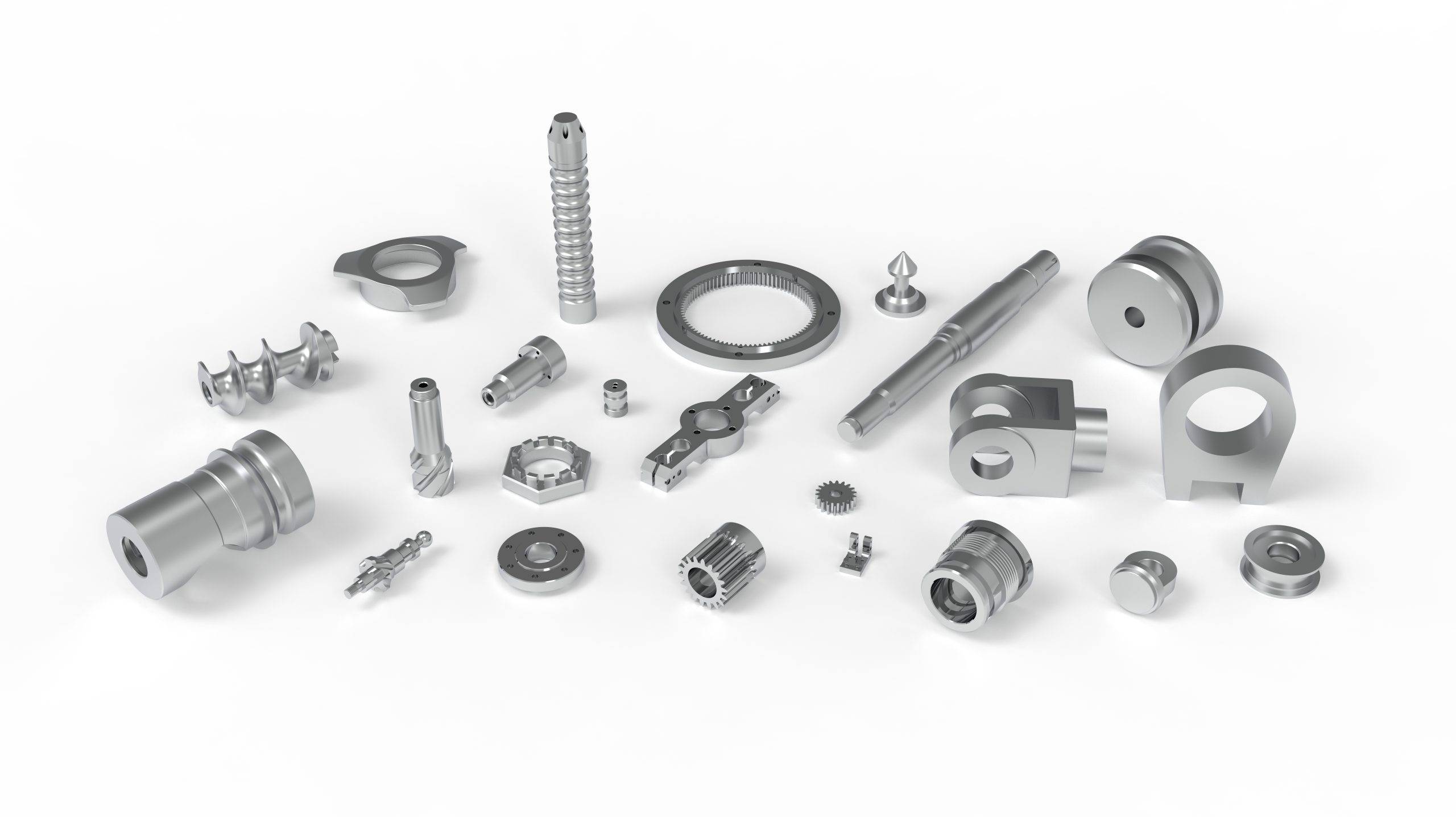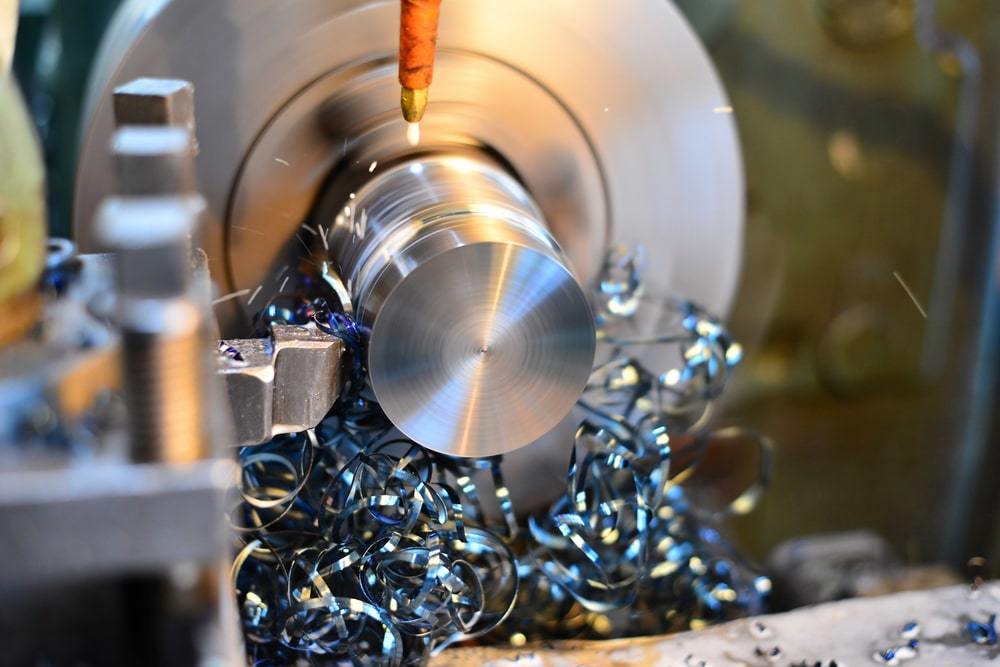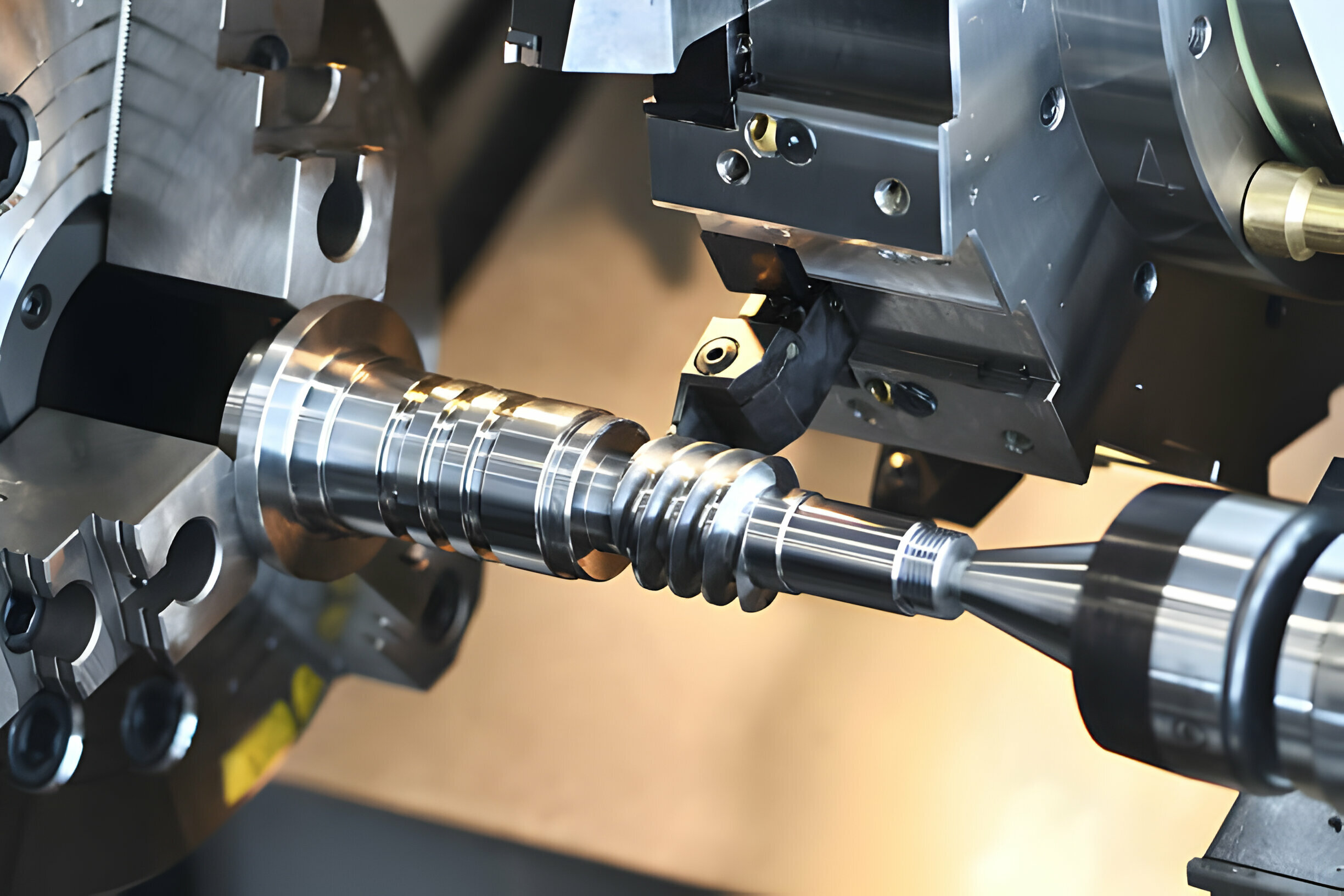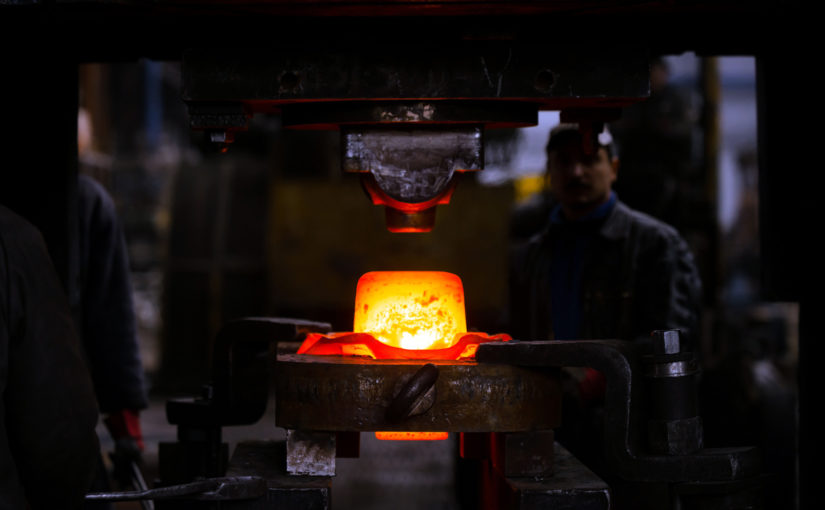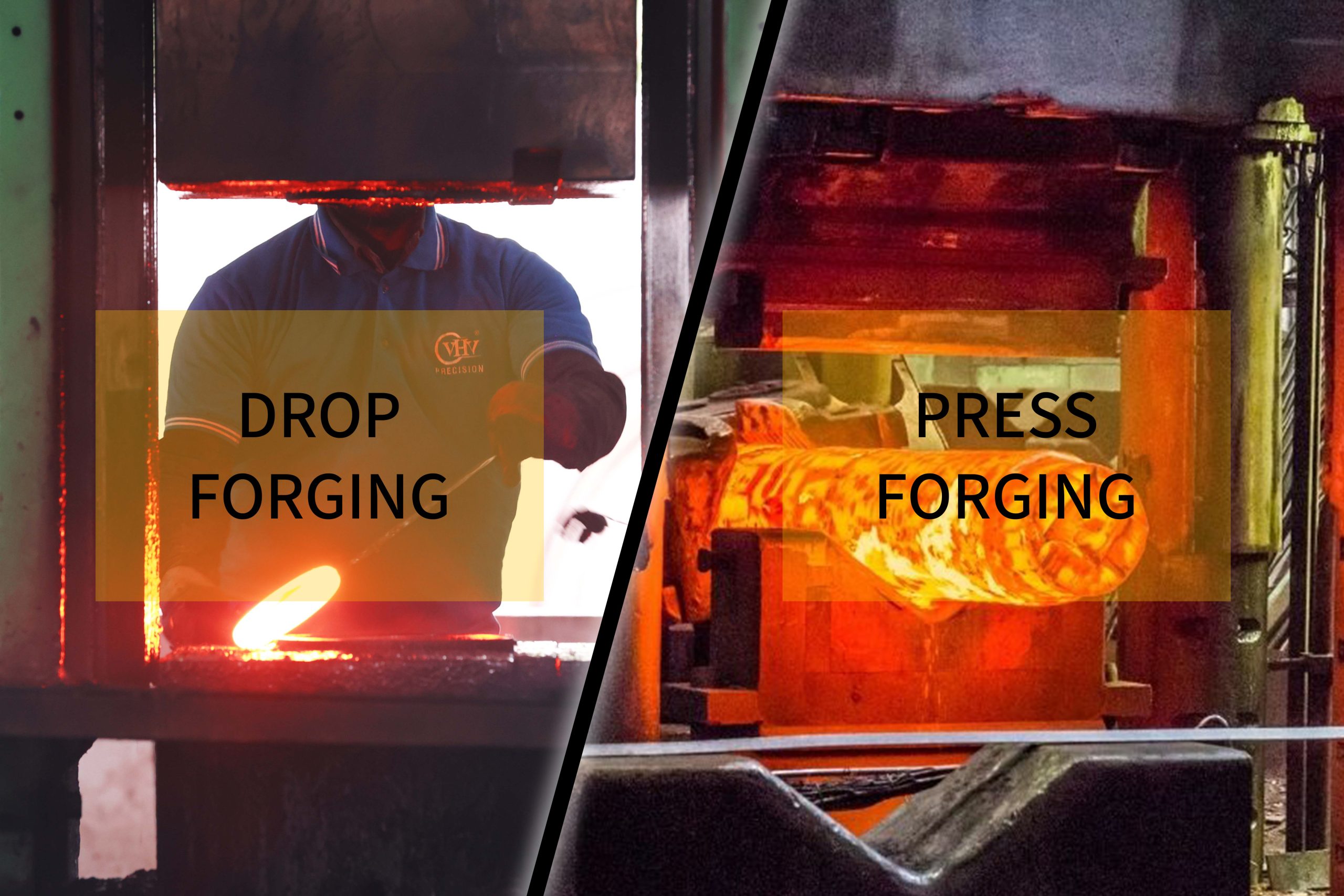The manufacturing industry has come a long way over the years, with advancements in technology revolutionizing the way products are made. High precision machined components, in particular, have been at the forefront of this transformation. These components are used in a wide range of industries, from aerospace and automotive to medical and defense. They are essential in the production of complex parts that require extreme accuracy, durability, and reliability. With the rise of automation and the Internet of Things (IoT), high-precision machining is only getting better. In this article, we’ll explore the future of manufacturing and how high-precision machined components are playing a significant role in driving innovation and growth in various industries. Join us as we delve into the exciting world of precision engineering and discover how these components are transforming the way we live and work.
Advantages of High Precision Machining
High-precision machining is a process that involves removing material from a workpiece to create a part with a specific size, shape, and finish. The process requires extreme accuracy and attention to detail, and the components produced are of the highest quality. There are several advantages to using high-precision machining, including:
Extreme Accuracy
High-precision machining is the most accurate method of creating complex parts. The process involves using computer-controlled machines that can produce parts with tolerances as low as a few microns. This level of accuracy is essential in industries such as aerospace and medical, where precision is critical to safety and functionality.
Faster Production
High-precision machining is a fast and efficient process. The use of computer-controlled machines means that parts can be produced quickly and accurately, reducing lead times and increasing productivity.
Cost-Effective
High-precision machining is a cost-effective method of producing complex parts. The process allows for the production of parts with minimal waste, reducing material costs. Additionally, the use of automation means that labor costs are minimized.
Applications of High-Precision Machined Components
High-precision machined components are used in a wide range of industries, including:
Aerospace
The aerospace industry relies heavily on high-precision machined components. These components are used in the production of aircraft engines, landing gear, and control systems. The extreme accuracy and reliability of these components are essential for ensuring the safety of passengers and crew.
Automotive
The automotive industry also uses high-precision machined components extensively. These components are used in the production of engines, transmissions, and suspension systems. The accuracy and durability of these components are essential for ensuring the performance and reliability of vehicles.
Medical
The medical industry relies on high-precision machined components for the production of medical devices and equipment. These components are used in everything from pacemakers to surgical instruments. The accuracy and reliability of these components are essential for ensuring the safety and effectiveness of medical devices.
Defense
The defense industry also uses high-precision machined components extensively. These components are used in the production of military aircraft, vehicles, and weapons. The accuracy and durability of these components are essential for ensuring the effectiveness and safety of military equipment.
Industries Benefiting from High Precision Machining
The use of high-precision machined components is beneficial for several industries, including:
Aerospace
The aerospace industry has benefited greatly from the use of high-precision machined components. The accuracy and reliability of these components have allowed for the production of safer and more efficient aircraft. Additionally, the use of these components has led to reduced maintenance costs and increased fuel efficiency.
Automotive
The automotive industry has also benefited from the use of high-precision machined components. The accuracy and durability of these components have allowed for the production of more reliable and high-performance vehicles. Additionally, the use of these components has led to reduced manufacturing costs and increased production efficiency.
Medical
The medical industry has also seen significant benefits from the use of high-precision machined components. The accuracy and reliability of these components have allowed for the production of safer and more effective medical devices. Additionally, the use of these components has led to reduced manufacturing costs and increased production efficiency.
Defense
The defense industry has also benefited greatly from the use of high-precision machined components. The accuracy and durability of these components have allowed for the production of more effective and safer military equipment. Additionally, the use of these components has led to reduced manufacturing costs and increased production efficiency
The Role of Automation in High Precision Machining
Automation has played a significant role in the development of high-precision machining. The use of computer-controlled machines has allowed for the production of parts with extreme accuracy and consistency. Additionally, automation has led to increased production efficiency and reduced labor costs.
The use of automation has also allowed for the development of new manufacturing techniques and processes. For example, the use of 3D printing in high-precision machining has allowed for the production of parts with complex geometries that would have been impossible to produce using traditional manufacturing methods.
Future Trends in High Precision Machining
The future of high-precision machining looks promising, with several trends expected to shape the industry in the coming years. These trends include:
Increasing Automation
The use of automation is expected to increase in the coming years, with more manufacturers turning to computer-controlled machines to produce high-precision machined components. This trend is expected to lead to increased production efficiency and reduced labor costs.
Greater Use of 3D Printing
The use of 3D printing is also expected to increase in high-precision machining. The technology allows for the production of parts with complex geometries that are impossible to produce using traditional manufacturing methods. Additionally, 3D printing allows for the production of parts with reduced lead times and lower material costs.
Integration with IoT
The integration of high-precision machining with the Internet of Things (IoT) is also expected to increase in the coming years. The use of sensors and data analytics will allow for the real-time monitoring of manufacturing processes, leading to increased efficiency and reduced downtime.
Challenges in High Precision Machining
There are several challenges associated with high-precision machining, including:
Cost
High-precision machining can be costly, with the cost of equipment and materials being higher than traditional manufacturing methods. Additionally, the process requires skilled operators, which can increase labor costs.
Complexity
High-precision machining is a complex process that requires a high degree of accuracy and attention to detail. The process can be time-consuming and requires skilled operators.
Quality Control
Quality control is essential in high-precision machining, as even minor errors can lead to significant defects in the final product. The process requires rigorous quality control to ensure that the finished product meets the required standards.
How to Choose a High-Precision Machining Partner
Choosing the right high-precision machining partner is essential for ensuring the quality and reliability of your components. When choosing a partner, consider the following factors:
Experience
Choose a partner with extensive experience in high-precision machining. An experienced partner will have the knowledge and expertise required to produce high-quality components.
Technology
Choose a partner with the latest technology and equipment. The use of advanced technology will ensure that your components are produced with extreme accuracy and consistency.
Quality Control
Choose a partner with rigorous quality control processes. Quality control is essential in high-precision machining, and a partner with robust quality control processes will ensure that your components meet the required standards.
Case Studies of Successful High-Precision Machining Projects
Several high-precision machining projects have been successful in driving innovation and growth in various industries. These projects include:
The Airbus A380
The Airbus A380, the world’s largest commercial airliner, relies heavily on high-precision machined components. The aircraft features more than 3300 high-precision machined parts, including wing ribs, engine brackets, and landing gear components.
The Tesla Model S
The Tesla Model S, one of the most advanced electric vehicles on the market, also relies on high-precision machined components. The vehicle features several high-precision machined parts, including the motor, gearbox, and suspension components.
The Da Vinci Surgical System
The Da Vinci Surgical System, a robotic surgical system used in minimally invasive surgeries, relies on high-precision machined components. The system features several high-precision machined parts, including the endoscope and surgical instruments.
Conclusion: The Future of Manufacturing with High-Precision Machined Components
High-precision machined components are essential in the production of complex parts that require extreme accuracy, durability, and reliability. With the rise of automation and the Internet of Things (IoT), high-precision machining is only getting better. The future of manufacturing looks promising, with several trends expected to shape the industry in the coming years. As manufacturers continue to rely on high-precision machined components, it is essential to choose the right partner to ensure the quality and reliability of your components.

